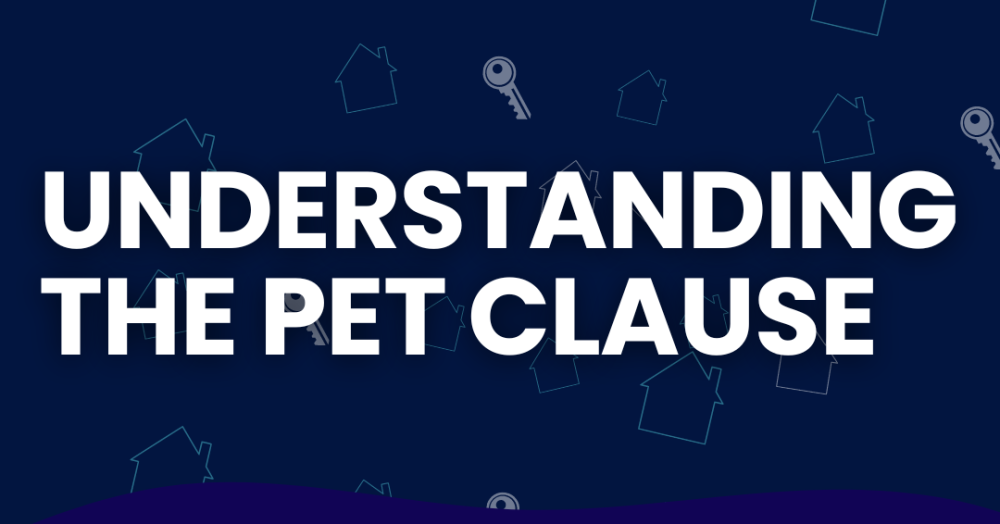As a landlord in the UK, navigating the issue of pets in rental properties can be tricky. With the rise in pet ownership and changes in tenant rights, it's important to understand how to approach the "pet clause" when managing your property. Here’s a concise guide to help landlords make informed decisions.
The Legal Context
Historically, landlords in the UK have had the right to include a blanket "no pets" policy in tenancy agreements. However, the government's recent push to make renting fairer and more flexible for tenants has introduced changes that affect this approach. Under the "Model Tenancy Agreement", introduced in 2021, landlords are now encouraged to be more open to allowing pets, though it remains optional.
This model agreement suggests that landlords should not unreasonably withhold consent for tenants to keep pets. Instead, if a tenant requests to have a pet, landlords must respond within 28 days, and only reject requests with valid reasons, such as concerns over the suitability of the pet for the property (e.g., size, breed, or potential damage).
Best Practices for Landlords
1. Consider the Property
Before outright refusing pets, assess the suitability of your property. Flats with no outdoor space or shared buildings may not be ideal for larger animals, while small pets like cats or rabbits might be more manageable.
2. Pet Clauses in Tenancy Agreements
If you’re willing to allow pets, include a clear pet clause in the tenancy agreement. Outline the responsibilities of the tenant, such as ensuring the property is kept clean, covering any additional maintenance due to pet-related wear and tear, and taking reasonable precautions to prevent damage.
3. Pet Deposits and Insurance
Be aware that under the Tenant Fees Act 2019, charging an additional "pet deposit" is illegal. Instead, ensure your regular deposit covers potential damage from pets, or encourage tenants to obtain pet insurance. Some landlords also ask for a higher rent to cover potential costs.
4. Routine Property Inspections
If you allow pets, make it a point to schedule regular inspections (with proper notice) to ensure the property remains in good condition and that the pet is not causing issues.
Reasonable Refusal
While it’s important to be open to requests, landlords can still refuse pets on reasonable grounds. For example:
- If the property is too small for the type of pet.
- If there are concerns about noise or disturbance in shared spaces.
- If there’s a history of allergies or restrictions imposed by the freeholder.
Final Thoughts
In a market where renters are increasingly prioritising pet-friendly homes, landlords may benefit from considering pet requests on a case-by-case basis. By incorporating a fair pet clause into your agreements, you can attract a wider pool of tenants while ensuring your property is protected. If you would like to know more, get in contact with us, through the form on the right.
This balanced approach can help you attract responsible tenants and avoid unnecessary complications.

